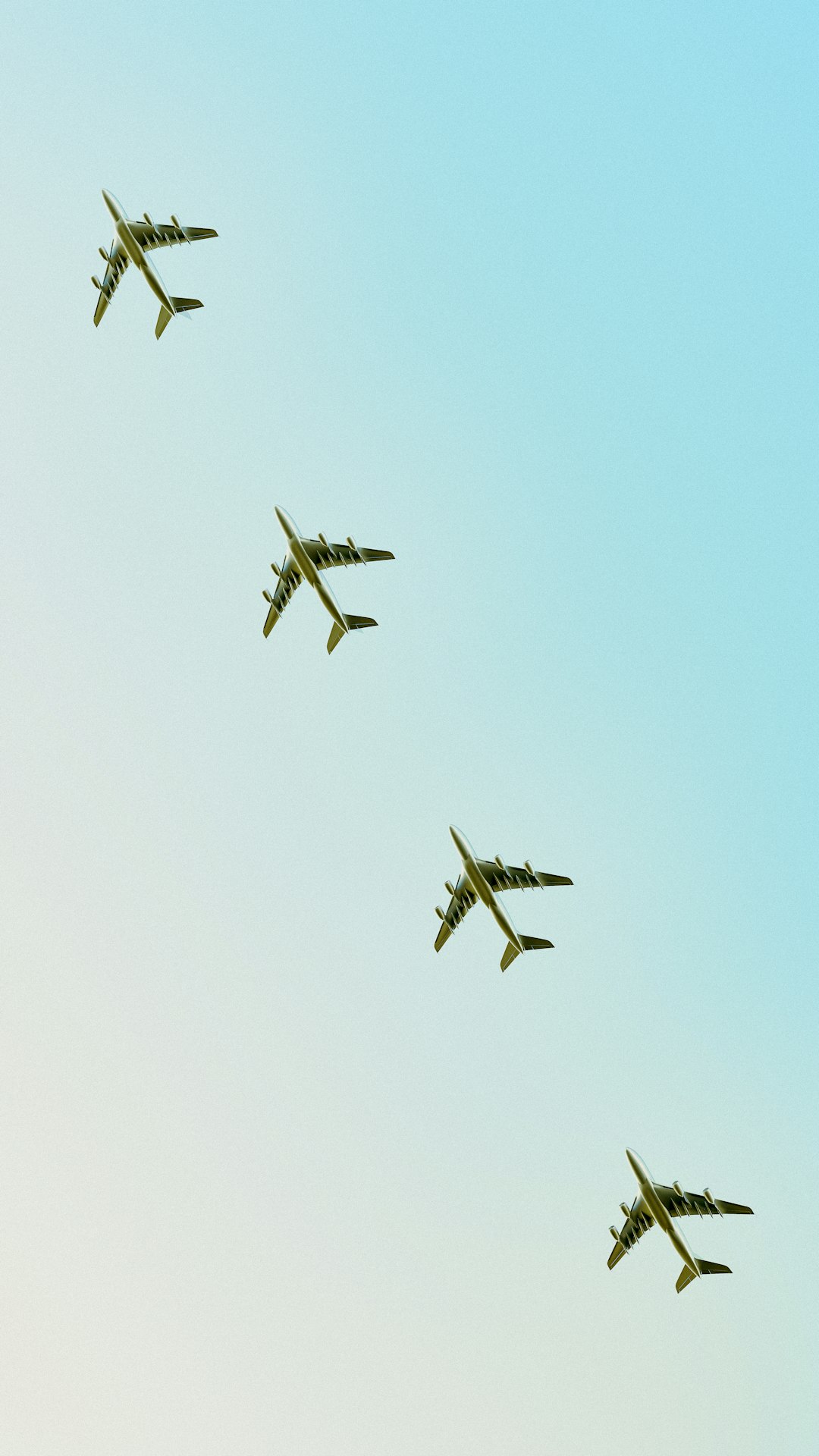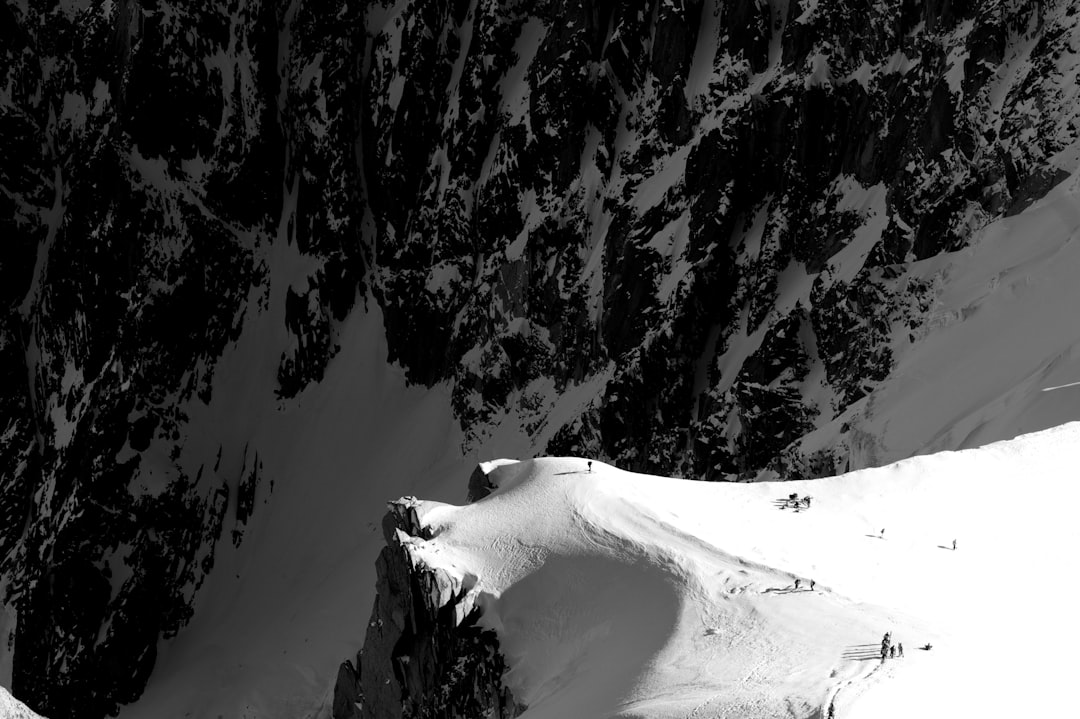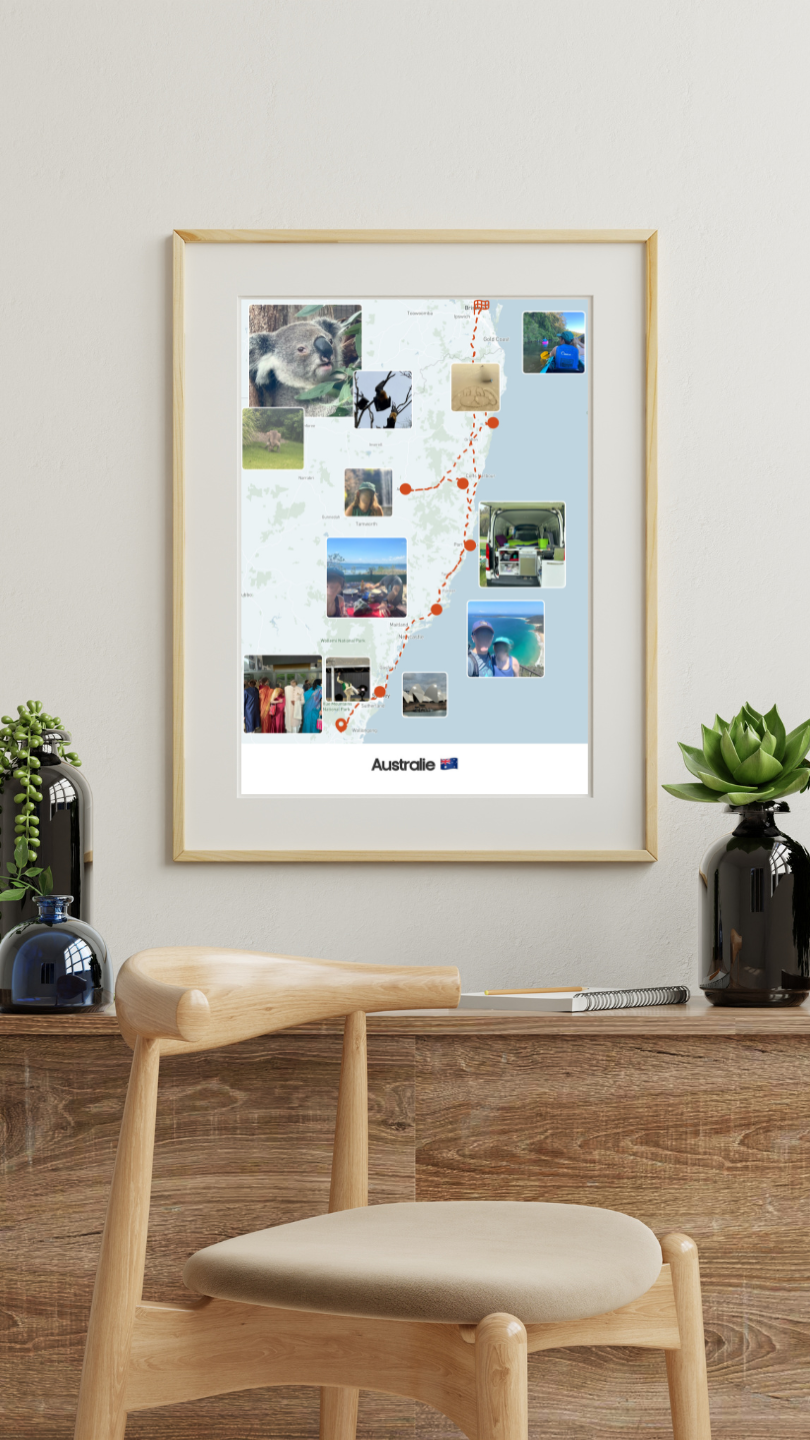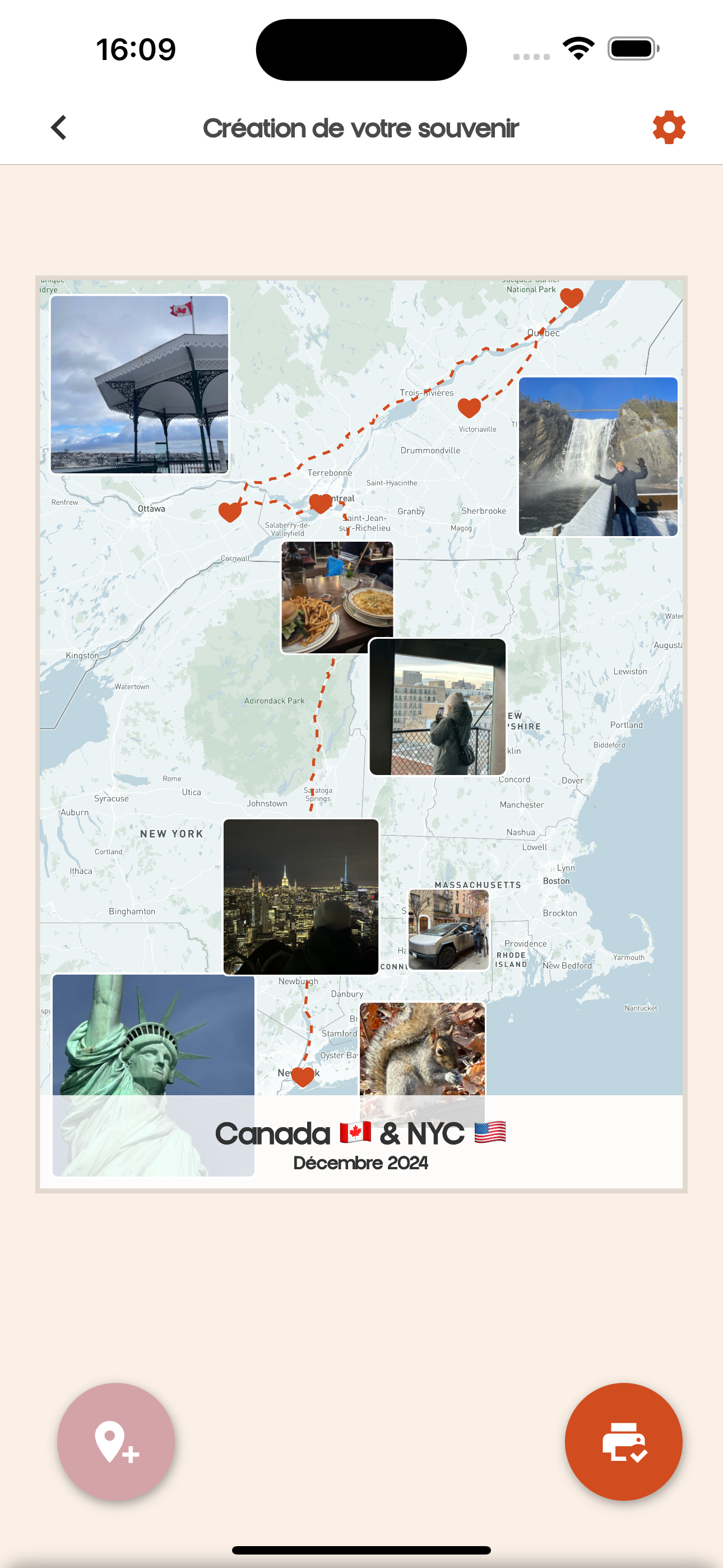Traveling to high altitudes can be a breathtaking experience 🌄, but it requires careful preparation. The challenges of altitude can affect your health and safety. In this article, we will explore how to properly prepare for a high-altitude trip.
1. Understanding Altitude Risks
As you ascend to higher altitudes, atmospheric pressure decreases. This leads to lower oxygen levels and can cause altitude sickness. Symptoms may include headaches, nausea, and fatigue. Be aware of these issues to avoid risky situations.
2. Gradual Acclimatization
Acclimatization is the process of adapting to higher altitudes. It is essential to give your body the time it needs to adjust. Climb slowly and spend a few days at a mid-level altitude before reaching your final destination.
3. Physical Preparation
Good physical condition is crucial for high-altitude travel. Engage in cardiovascular and strength exercises before your trip to improve your endurance. Regular hikes can also help your body adjust.
4. Choosing the Right Gear
The right gear is essential. Invest in layered clothing, sturdy hiking boots, and a good backpack. Don’t forget accessories like sunglasses, sunscreen, and a hat to protect yourself from the intense sun at high altitudes.
5. Hydration and Nutrition
Staying hydrated is key at high altitudes. Drink plenty of water and consume high-carbohydrate foods to keep your energy up. Avoid alcohol and caffeine, as they can dehydrate your body.
6. Medications and Prevention
Consult your physician before departure to discuss any specific medications to take, such as antibiotics or altitude sickness medication. Having a first aid kit can also be useful in case of emergencies.
7. Considering a Guide
If you are inexperienced, considering hiring a guide may be wise. A local guide knows the best routes and can teach you necessary survival techniques at high altitudes.
8. Carefully Planning Your Itinerary
Create a realistic itinerary considering rest and acclimatization times. Avoid over-planning days, and make time to admire the view and take photos 📸.
9. Monitoring Your Group’s Health
Be attentive to signs of illness in your travel companions. Communication is key; if someone feels unwell, decide together on the best course of action.
10. Enjoying the Experience
Finally, remember that the journey is also an adventure 🚶♂️. Take the time to appreciate the scenery, take pictures, and savor every moment. By following these tips, you will be well-prepared for this unforgettable trip!







